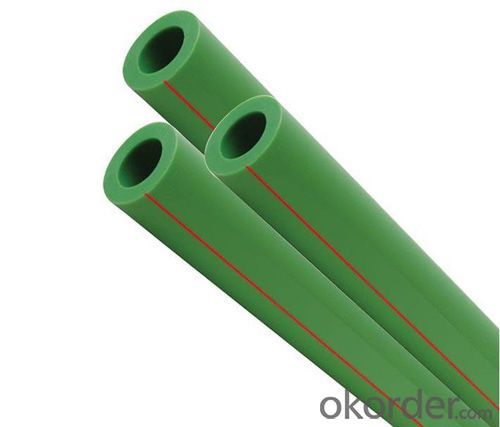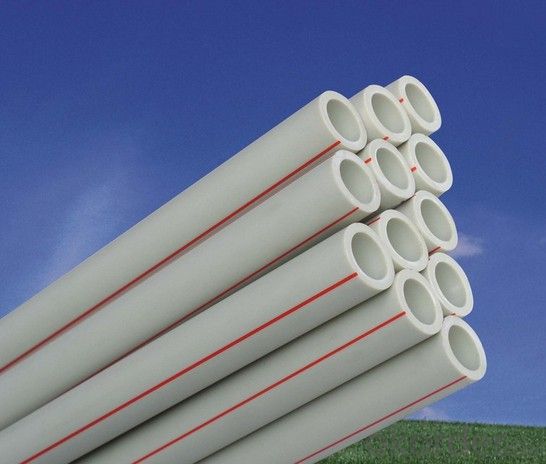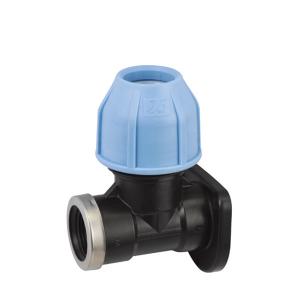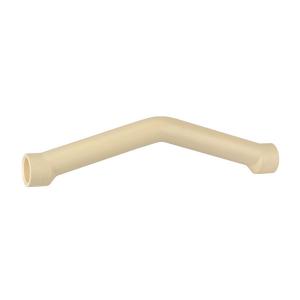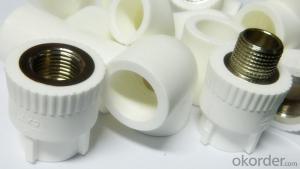2024 PPR Pipes Household Plastic Pipe 1 4 Plastic Pipe Fittings
- Loading Port:
- Qingdao
- Payment Terms:
- TT OR LC
- Min Order Qty:
- 1000 pc
- Supply Capability:
- 100000 pc/month
OKorder Service Pledge
OKorder Financial Service
You Might Also Like
Introduction of Our Products
1.It is used in industrial fields, agriculture and garden irrigation
2. Beauty appearance.
3.Thermal insulation and energy saving.
4. Easy installation
5.excellent heat resistance and pressure resistance
6. affordable price
Quick Details
Material: PP-R, PPR
Technics: injection
Type: pipe
Place of Origin: China (Mainland)
Model Number: 20-110MM
Connection: Welding
Shape: Equal
Head Code: round
Product Type: Ppr pipe
Color: white, grey, green
Item number: DSE001-DSE010
1.Material : | PPR |
2.Color: | White, Gray, Green, or as you required. |
3.Size: | 20-110mm |
4.Logo: | CMAX or Customized |
5.MOQ: | 500pcs |
6.Samples Time:
| (1) 4-5days-If you want to customize your logo. |
(2) 1day-For our existing samples for reference. | |
7.OEM Accepted | Yes |
8.Certification available: | Yes |
9.Packing Details: | Weaving Bag |
10.Production Capacity: | 5,000,000pcs Per month. |
11.Payment Term: | (1) L/C,T/T,D/P |
Specifications
PPR PIPE
1) Material: HYOSUNG R200P, Basell H5416
2) Size:20-160MM
3) Standard:DIN8077/8078
4) Pressure:PN10
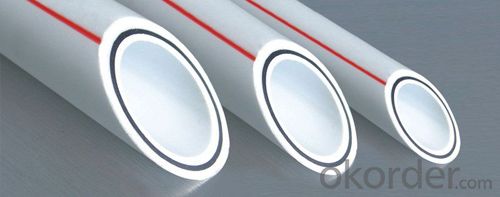
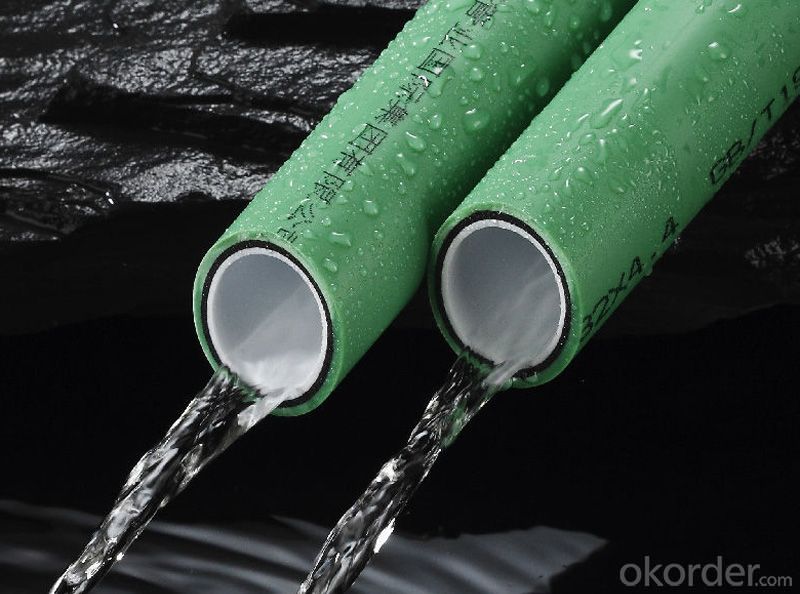
- Q: What tools are needed to install plastic pipe fittings?
- The tools needed to install plastic pipe fittings typically include a pipe cutter, a deburring tool, a fitting brush, and an adjustable wrench or pliers.
- Q: Are plastic pipe fittings resistant to soil chemicals?
- Yes, plastic pipe fittings are typically resistant to soil chemicals. They are designed to withstand the corrosive effects of various soil chemicals, making them a durable and reliable option for underground plumbing systems.
- Q: Can plastic pipe fittings be used in HVAC systems?
- Yes, plastic pipe fittings can be used in HVAC systems. Many modern HVAC systems utilize plastic pipes and fittings due to their durability, corrosion resistance, and ease of installation. Plastic fittings can be used for various applications such as connecting pipes, diverting airflow, and controlling the flow of fluids or gases within the HVAC system. However, it is important to ensure that the specific plastic material and fitting type chosen are compatible with the intended HVAC system requirements and operating conditions.
- Q: How do plastic pipe fittings compare to polyvinylidene fluoride (PVDF) fittings?
- Plastic pipe fittings and PVDF fittings differ in terms of their material composition and properties. Plastic pipe fittings are usually made of various types of plastic, such as PVC or CPVC, which offer good chemical resistance and affordability. On the other hand, PVDF fittings are specifically made from polyvinylidene fluoride, a highly durable and chemically resistant thermoplastic material. PVDF fittings are known for their excellent resistance to high temperatures, harsh chemicals, and UV radiation, making them suitable for demanding industrial applications. While plastic pipe fittings may be more cost-effective, PVDF fittings provide superior performance and longevity in challenging environments.
- Q: Are plastic pipe fittings suitable for use in breweries and distilleries?
- Yes, plastic pipe fittings are suitable for use in breweries and distilleries. They are commonly used in these industries due to their excellent resistance to chemicals, corrosion, and temperature variations. Additionally, plastic pipe fittings are lightweight, easy to install, and cost-effective, making them a popular choice for various applications in breweries and distilleries.
- Q: Are plastic pipe fittings resistant to water hammer?
- Yes, plastic pipe fittings are generally resistant to water hammer due to their flexible and durable nature, which helps absorb the shockwaves caused by sudden changes in water flow.
- Q: How do plastic pipe fittings work?
- Plastic pipe fittings work by connecting and sealing sections of plastic pipes together to create a secure and reliable plumbing system. These fittings typically have threaded ends or are designed to be glued onto the pipes. They use various mechanisms such as compression, push-to-connect, or solvent welding to ensure a tight and leak-free connection. Plastic pipe fittings are versatile, durable, and resistant to corrosion, making them a popular choice for many plumbing applications.
- Q: Are plastic pipe fittings suitable for underground sprinkler systems?
- Yes, plastic pipe fittings are suitable for underground sprinkler systems. They are durable, resistant to corrosion, and have a long lifespan, making them a reliable choice for irrigation systems. Additionally, plastic fittings are easy to install and require minimal maintenance.
- Q: Can plastic pipe fittings be used for freshwater aquaculture systems?
- Yes, plastic pipe fittings can be used for freshwater aquaculture systems. Plastic pipes and fittings are commonly used in aquaculture systems due to their durability, resistance to corrosion, and ability to withstand varying water conditions. These fittings are typically made from materials such as PVC or polyethylene, which are safe for freshwater environments and can effectively transport water within the aquaculture system.
- Q: Are plastic pipe fittings suitable for pharmaceutical manufacturing?
- Yes, plastic pipe fittings can be suitable for pharmaceutical manufacturing. They offer various advantages such as chemical resistance, low cost, easy installation, and flexibility. However, it is essential to ensure that the chosen plastic material and manufacturing processes comply with the industry's strict quality and safety standards to prevent any potential contamination risks.
Send your message to us
2024 PPR Pipes Household Plastic Pipe 1 4 Plastic Pipe Fittings
- Loading Port:
- Qingdao
- Payment Terms:
- TT OR LC
- Min Order Qty:
- 1000 pc
- Supply Capability:
- 100000 pc/month
OKorder Service Pledge
OKorder Financial Service
Similar products
Hot products
Hot Searches
Related keywords








